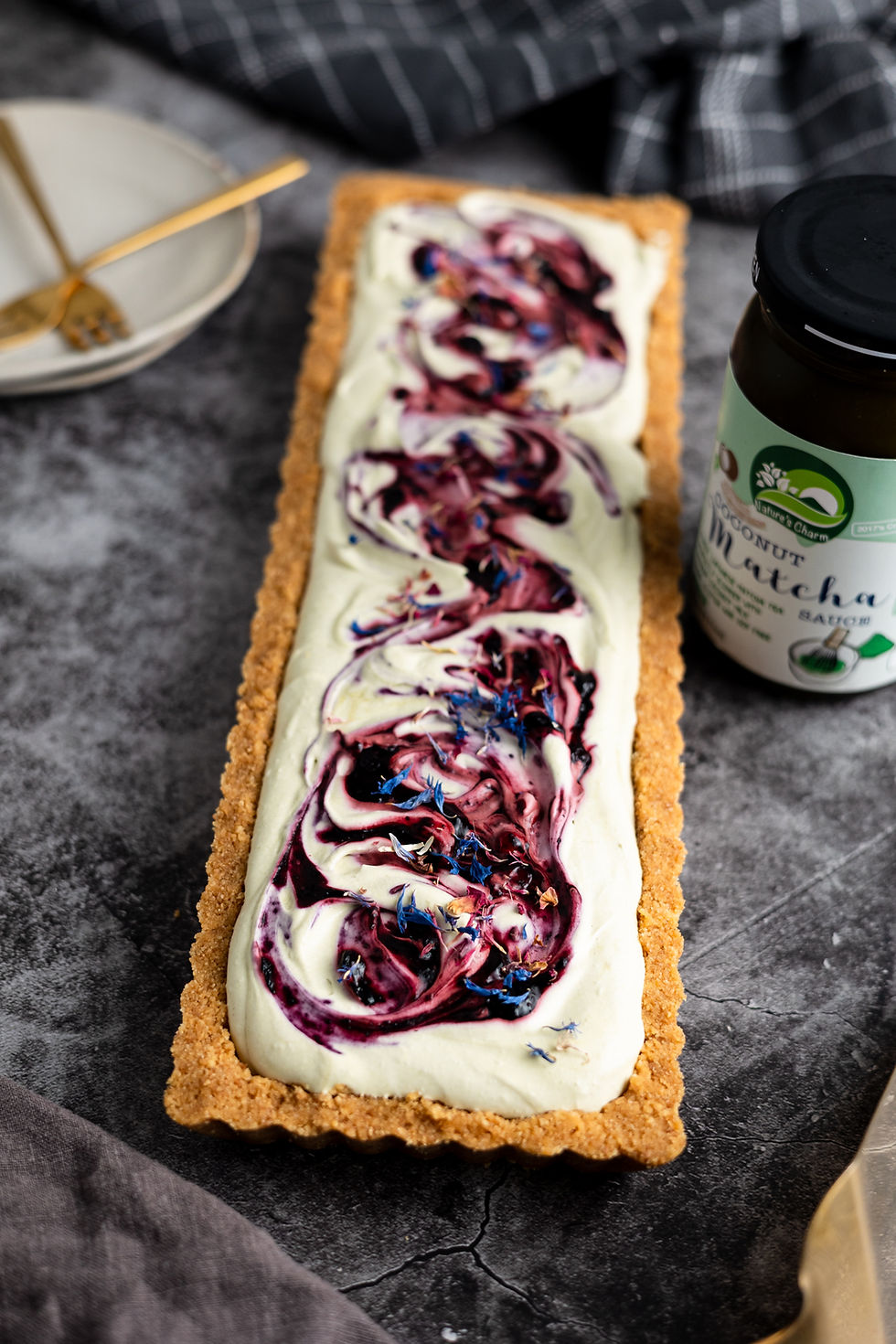Potetlefse - Norwegian Potato Flat Breads
- Mealsbymiri

- May 7, 2021
- 3 min read
For the month of May I've decided to challenge myself to go back to my roots and explore more Norwegian recipes, simply because the 17th of May is the Norwegian constitution day!
First up is an easy, super versatile recipe called lefse. The lefse has a long and complex history in Norway, and there are as many different lefse recipes and variations as there are regions. They can be sweet, savoury, large, small, thick and thin and served in all sorts of different ways. However, I'm from Trøndelag and have grown up with this particular one which is made with potatoes. It's very similar to a "lompe" which is a potato flat bread we use in place of a hot dog bun whenever we eat hot dogs. This recipe works perfectly for that too. The only real difference is the size you choose to make it, as a lefse is typically somewhat larger, but doesn't have to be! The most classic way to eat lefse (which I HIGHLY recommend trying) is to spread it with butter, cinnamon and sugar and either rolling it up into a little cylinder or folding it twice so it forms a little "triangle" shape. However you can spread it with cream cheese and rocket, whipped cream and berries, or anything else you like really! Either way I hope you give this recipe a go and let me know what you think if you do try it.

Ingredients:
1kg mealy potatoes*
2tsp salt
150g flour (plus more for rolling out the lefse during the baking process)
Method
Boil your potatoes whole until completely tender. Drain and peel the potatoes while they are hot. You should be left with around 850g potatoes, if you have more or less you might want to adjust the amount of salt you add accordingly. Mash or rice your potatoes, add the salt and mix it in well. Gradually knead in the flour, the amount needed might be more or less depending on how much moisture is in your potatoes. Less flour is better as it makes for a softer lefse. You want the dough to be smooth, soft and not super sticky (although you will be using a lot of flour while rolling it out so a little stickiness is okay. Roll the dough into a log and slice it into equal chunks of about 60g. Carefully use a rolling pin and roll it into a round, flat lefse. You want it as thin as possible, only a few mm thick. Use lots of flour for this and flip it often as it will stick and tear very easily. If you find a thin lefse harder to handle you can start out with making thicker ones to get some practice, just remember to cook them on slightly lower heat to make sure they’re still cooked all the way through once they’ve browned! Cook the lefse on fairly high heat until it has darkened spots on either side and has puffed up a bit, indicating it is cooked through. Place the cooked lefse in a tea towel, stacking it up as you cook. Serve with sweet or savoury toppings.
*mealy potatoes are any kind that has more starch in it and less water and sugar. You can use other kinds as well but these are ideal for making lefse.




Comments